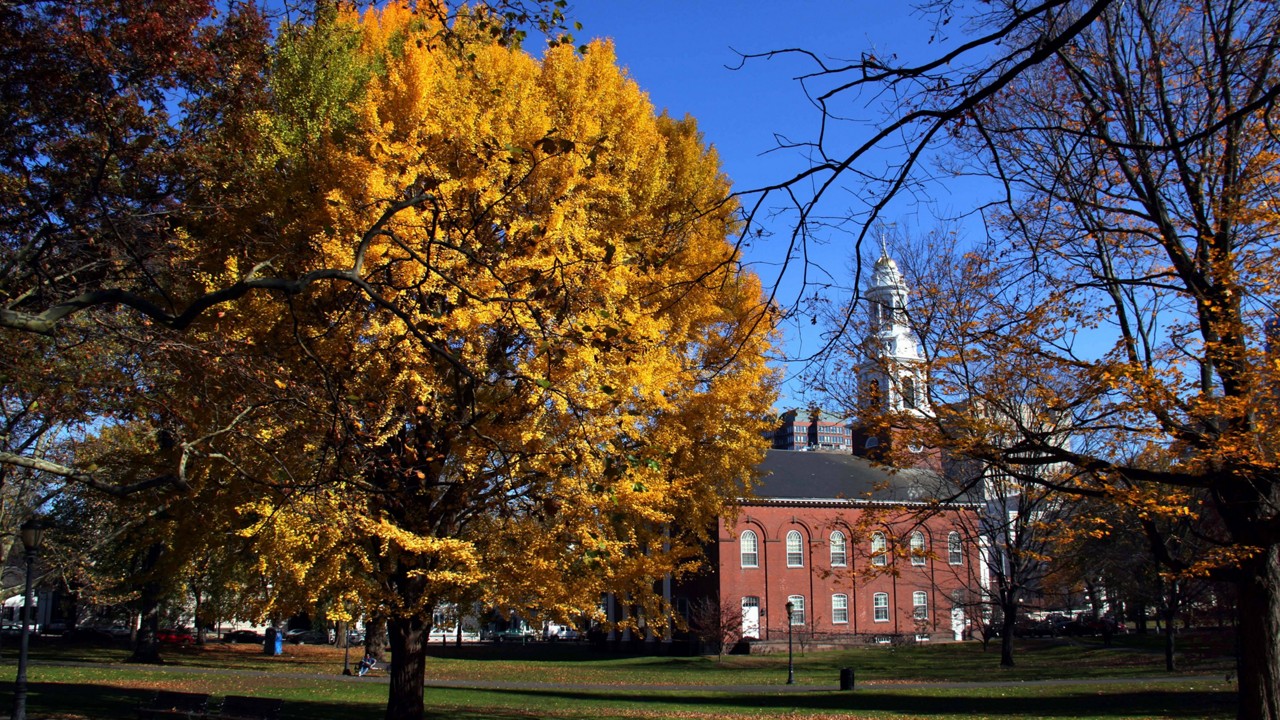New Haven, Connecticut

Best known as the home of Yale University, New Haven is located in south central Connecticut about halfway between New York and Boston.
Founded in 1638, New Haven was once an agricultural township and, by the 20th century, a thriving port and industrial center specializing in clocks, wagons, and guns. The city suffered an economic decline with the mass exodus of the middle class to the suburbs after World War II. Similar to many industrial cities, New Haven saw steady population declines between 1960 and 2000. However, by the early 2000s, New Haven began to embrace revitalization efforts that continue to gain momentum.
Today, New Haven is one of the fastest growing cities in Connecticut. An influx of immigrants spawned rapid growth between 2000 and 2010, along with an increase in the Hispanic population. It was one of the nation’s first sanctuary cities, with laws and policies that protect undocumented persons. The city is also home to Yale University, the largest employer in the community, but also the source of occasional “town-gown” tension.
